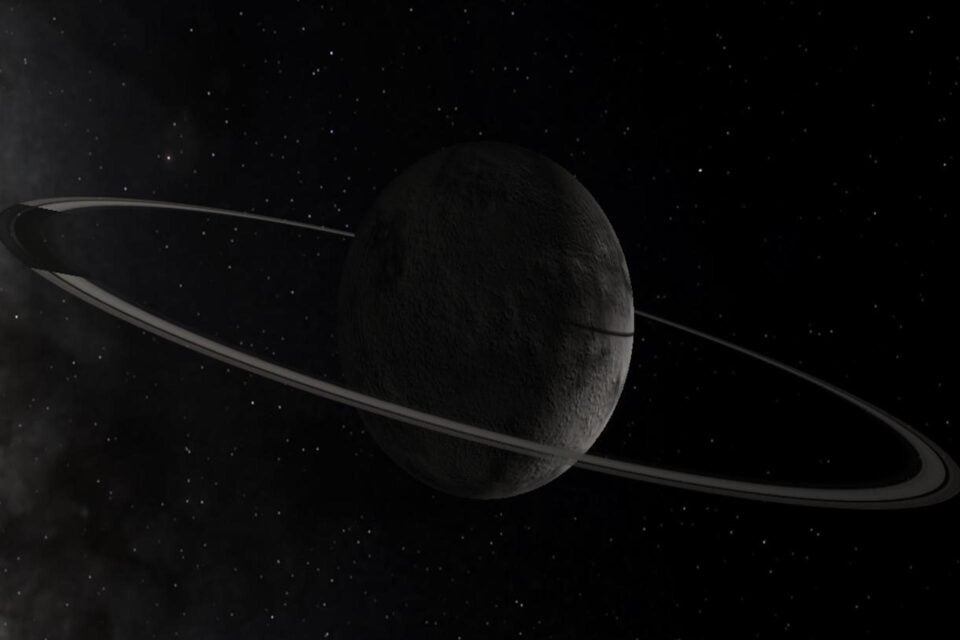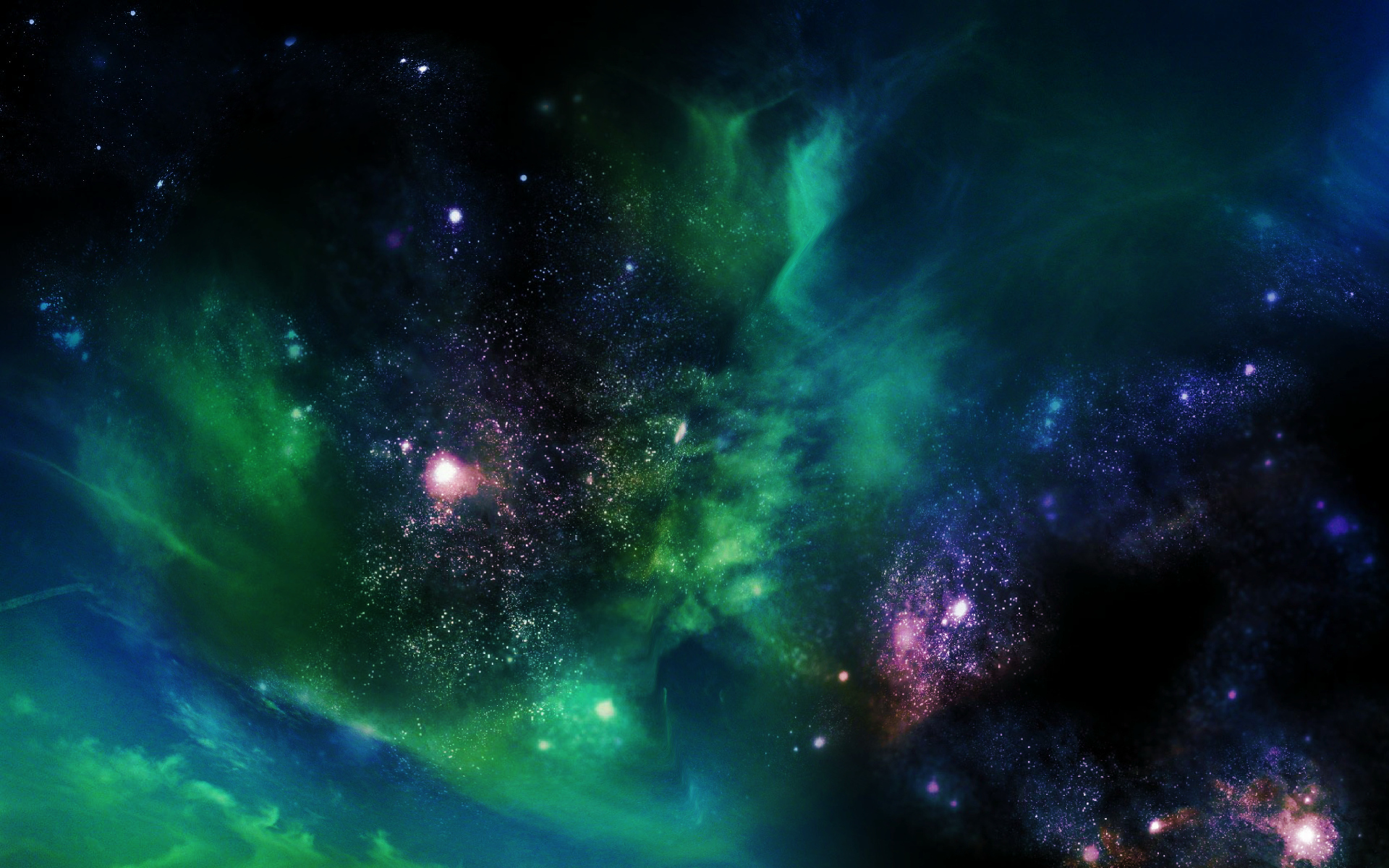
Astronomers found evidence of three rings around Chiron, which orbits the Sun between Uranus and Saturn.

Ceres, the largest asteroid in our solar system, harbors a dark secret: extremely young ice deposits in permanently shadowed craters near its poles.

The icy dwarf planets Eris and Makemake have surfaces bearing methane ice of unknown origin. The two planets may have warm oceans.

The dwarf planet is known as Quaoar. The presence of a ring at a distance of almost seven and a half times the radius of Quaoar, opens up a mystery for astronomers to solve: why has this material not coalesced into a small moon?

Hygiea is located in the main asteroid belt between Mars and Jupiter and is the fourth largest object in the main asteroid belt. Now, a new telescopic survey suggests Hygiea is a dwarf planet, due to its surprisingly spherical shape.

A new analysis of data from NASA's Dawn mission suggests that organic matter may exist in surprisingly high concentrations on the dwarf planet's surface.

The cameras of the Dawn space probe discover water ice in Ceres' polar region. It can survive for aeons in the extreme cold traps, even though there is no atmosphere.

Scientists have identified a new dwarf planet in our Solar System, and it's lurking way out in the edges, some 13.6 billion km from the Sun.

The new data indicates that while Ceres, which is the largest body in the asteroid belt, was once warm enough for water to have shifted internally, those temperatures were never high enough for an iron core to separate from the rest of the dwarf planet's interior.
Icy world 2015 RR245 has been classified a dwarf planet by the International Astronomical Union's Minor Planet Center. It was found using the Canada-France-Hawaii Telescope on Maunakea, Hawaii.
Dwarf planet Ceres is shown in these false-color renderings, which highlight differences in surface materials. Images from NASA’s Dawn spacecraft were used to create a movie of Ceres rotating, followed by a flyover view of Occator Crater, home of Ceres’ brightest area.